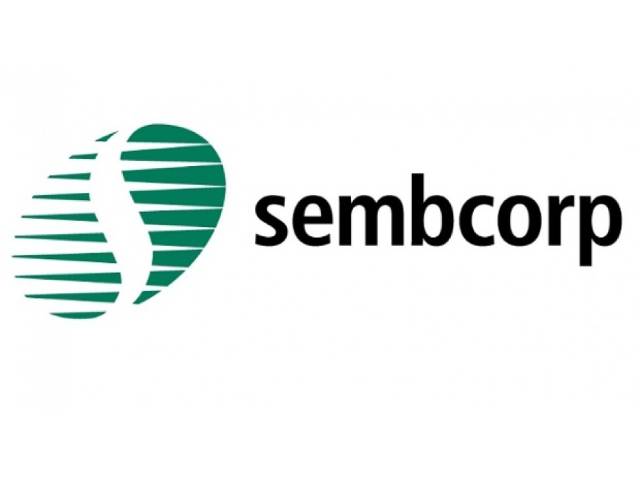Sembcorp subsidiary Sembcorp Utilities, Chiyoda and Mitsubishi have signed a strategic collaboration Memorandum of Understanding (MOU) to explore the feasibility and implementation of a commercial-scale supply chain to deliver decarbonised hydrogen into Singapore, utilising Chiyoda’s proven hydrogen storage and transportation technology “SPERA Hydrogen™”.
In May 2021, the Japanese Government announced the Asia Energy Transition Initiative (AETI) that aims to support the achievement of sustainable economic growth and carbon neutrality in Asia, and the governments of Japan and Singapore have commenced dialogue on energy transition. Under the AETI, Japan will support Singapore’s energy transition leveraged by Japanese companies’ technology, such as Chiyoda’s “SPERA Hydrogen™” and commercialisation thereof.
Chiyoda has developed the “SPERA Hydrogen™” technology to release hydrogen from Methylcyclohexane (MCH1). MCH is a type of liquid organic hydrogen carrier (LOHC2) that appears to be a more suitable hydrogen carrier, in particular for its safety and compatibility with existing industrial infrastructure.
This MOU represents a strategically important step in the potential creation of a commercial-scale global supply chain for decarbonised hydrogen into Singapore. The parties intend to undertake joint efforts to explore the most cost-effective hydrogen production in offshore locations for subsequent hydrogenation in these selected locations, and to ultimately ship MCH to Singapore for use.
The specific roles of each party are as follows:
Sembcorp Industries (Sembcorp)
Sembcorp is one of the largest Singapore homegrown renewable energy players with more than 3,300 megawatts (MW) of renewable energy capacity globally. The company’s renewable energy portfolio comprises wind, solar and energy storage in key markets such as Singapore, Vietnam, China, India and the UK.
The participation in the MOU enables Sembcorp to potentially:
1) Perform use tests via its domestic power generation assets by blending carbon-neutral hydrogen with natural gas to decarbonise power generation
2) Supply carbon-neutral hydrogen to customers both within and outside Singapore’s Jurong Island for fuel, chemical feedstock and other applications
3) Support the growth of demand for the emerging hydrogen segment in Singapore and other markets.
Chiyoda Corporation (Chiyoda)
Chiyoda is committed to being an ‘Innovative’ Engineering Company, shaping the future of energy and the global environment with “SPERA Hydrogen™”, the world’s first technology to safely store hydrogen under ambient temperature and pressure in large quantities for long periods of time and to transport hydrogen over long distances in the form of Methylcyclohexane (MCH).
Mitsubishi Corporation (Mitsubishi)
As an integrated global business enterprise the commitment to delivering economic value, environmental value and societal value is at the foundation of Mitsubishi Corporation’s Corporate Vision. Mitsubishi will leverage its experience in global energy and infrastructure business development to play a leading role in the commercialisation of the overall supply chain aimed to deliver decarbonised hydrogen to Singapore.
Note to editors:
1. MCH is a liquid produced from toluene and hydrogen, which can be in a liquid state from -130°C to 100°C, therefore, can be handled as a liquid under ambient temperature and pressure. It is widely used in many fields and products, for instance, as a solvent for correction fluids.
2. LOHC is an organic compound that can absorb and release hydrogen through chemical reaction.









































